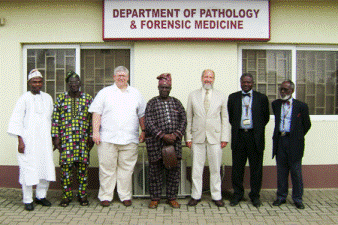Natural Resources, School of

Karl Reinhard Publications
Document Type
Article
Date of this Version
1992
Citation
Archaeological Method and Theory 1992
Abstract
The most remarkable dietary remains recoverable from archaeological contexts are coprolites. Coprolites are desiccated or mineralized feces that are preserved in sheltered and open sites in arid regions, primarily in the New World. These dietary remains are remarkable from several perspectives. They typically contain a variety of macroscopic and microscopic remains that form interrelated data sets for the reconstruction of diets. Because contexts containing coprolites are typified by excellent preservation, the remains coprolites contain tend to be in better states of preservation than dietary remains recovered from nonfecal deposits. Coprolites also contain the well-preserved remains of intestinal parasites and pathogens which affected prehistoric health. Thus, coprolites provide excellent evidence of diet and disease for arid regions.
Included in
Archaeological Anthropology Commons, Ecology and Evolutionary Biology Commons, Environmental Public Health Commons, Other Public Health Commons, Parasitology Commons

